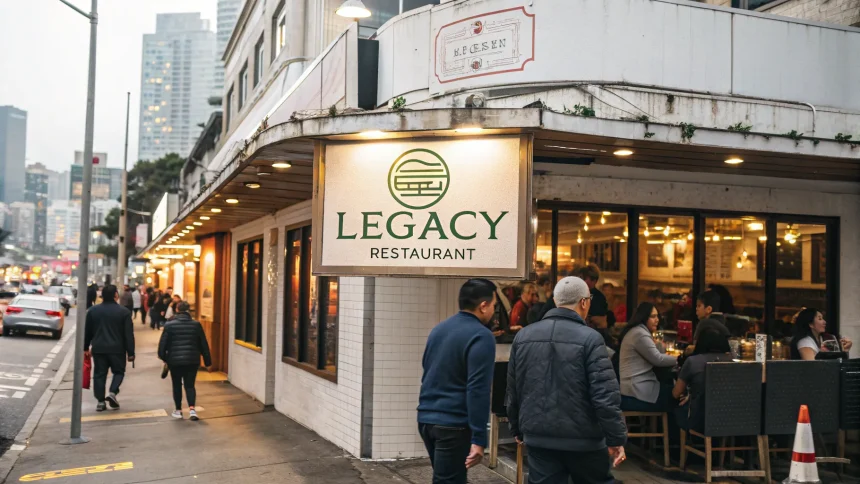At a New York investing conference, Cracker Barrel CEO Julie Felss Masino acknowledged a failed logo update and addressed pressure from activist investor Sardar Biglari. Her remarks put the company’s brand identity and shareholder strategy in the spotlight as it navigates a demanding casual dining market.
The discussion centered on two issues: how to refresh a decades-old brand without alienating loyal guests, and how to manage a long-running activist campaign. The stakes are high for a chain with a nationwide footprint and a customer base that values tradition as much as value.
Brand heritage meets modern expectations
Cracker Barrel’s look and feel—front-porch rocking chairs, country-store merchandise, and a script logo—has been central to its identity for years. Attempts to update that image risk upsetting regulars who see the brand as part of their routine. Any misstep can distract leadership and invite criticism about strategy and execution.
Masino’s acknowledgment of a misfire reflects a broader challenge across the restaurant sector. Chains are trying to refresh signage, menus, and store formats to stay relevant while maintaining what keeps guests coming back. Moves that appear to deemphasize heritage can draw swift pushback, especially in an era when feedback spreads fast and shapes narratives.
Activist spotlight: Sardar Biglari’s ongoing pressure
Investor Sardar Biglari has pressed Cracker Barrel for years, urging changes in governance, capital allocation, and performance. Such campaigns can catalyze sharper focus on returns, but they also add public scrutiny to every strategic move, including branding.
Masino’s comments suggest leadership is balancing near-term investor demands with the effort to protect long-term brand equity. The dialogue with shareholders, especially vocal ones, can influence decisions on spending, store remodels, and marketing priorities.
Why the logo matters more than it seems
A logo is more than a sign on a building. In restaurant chains, it signals menu positioning, price perception, and guest experience before a customer enters. A change that feels off-brand can raise doubts about whether the company understands its core audience.
Analysts often view branding stumbles as symptoms of deeper issues: unclear positioning, inconsistent operations, or shifting target demographics. For a company built on roadside appeal and nostalgia, an update requires careful testing and clear communication about what will change and what will not.
Competing views on the path forward
Some shareholders argue that modernization is overdue and that a fresher visual identity can attract new guests. They see selective redesigns as part of a broader effort to improve traffic and simplify marketing across channels.
Others warn that aggressive changes could alienate loyal customers who favor consistency. They prefer fixing fundamentals—speed of service, menu execution, and cost control—before touching brand symbols that drive recognition.
“A failed logo update” has become shorthand for the tension between heritage and growth.
What effective course correction could look like
Industry case studies show that brand refreshes work best when they reinforce, not replace, what guests already love. They also indicate that investor pressure can sharpen priorities if coupled with steady operational progress.
- Re-center on guest research to guide any visual changes.
- Test updates in limited markets with clear performance metrics.
- Tie branding to tangible improvements in menu, value, and service.
- Maintain ongoing, transparent engagement with shareholders.
Signals to watch
Investors and customers will look for evidence that the company is listening and adjusting. Changes in same-store sales, guest sentiment, and repeat visits will show whether the brand has regained footing. Governance steps—board refreshes, capital plans, or revised guidance—may also speak to how leadership is addressing activist concerns.
Masino’s public acknowledgement at the conference sets a line in the sand. It indicates a willingness to course-correct while defending the brand’s core. The next phase will be measured not by announcements, but by guest traffic and sustained operational gains.
Cracker Barrel’s challenge is clear: refine, don’t erase. Keep what works, fix what doesn’t, and align branding with everyday experience. If management pairs disciplined testing with steady execution—and keeps an open channel with shareholders—it can move past the logo misstep and refocus on growth.







